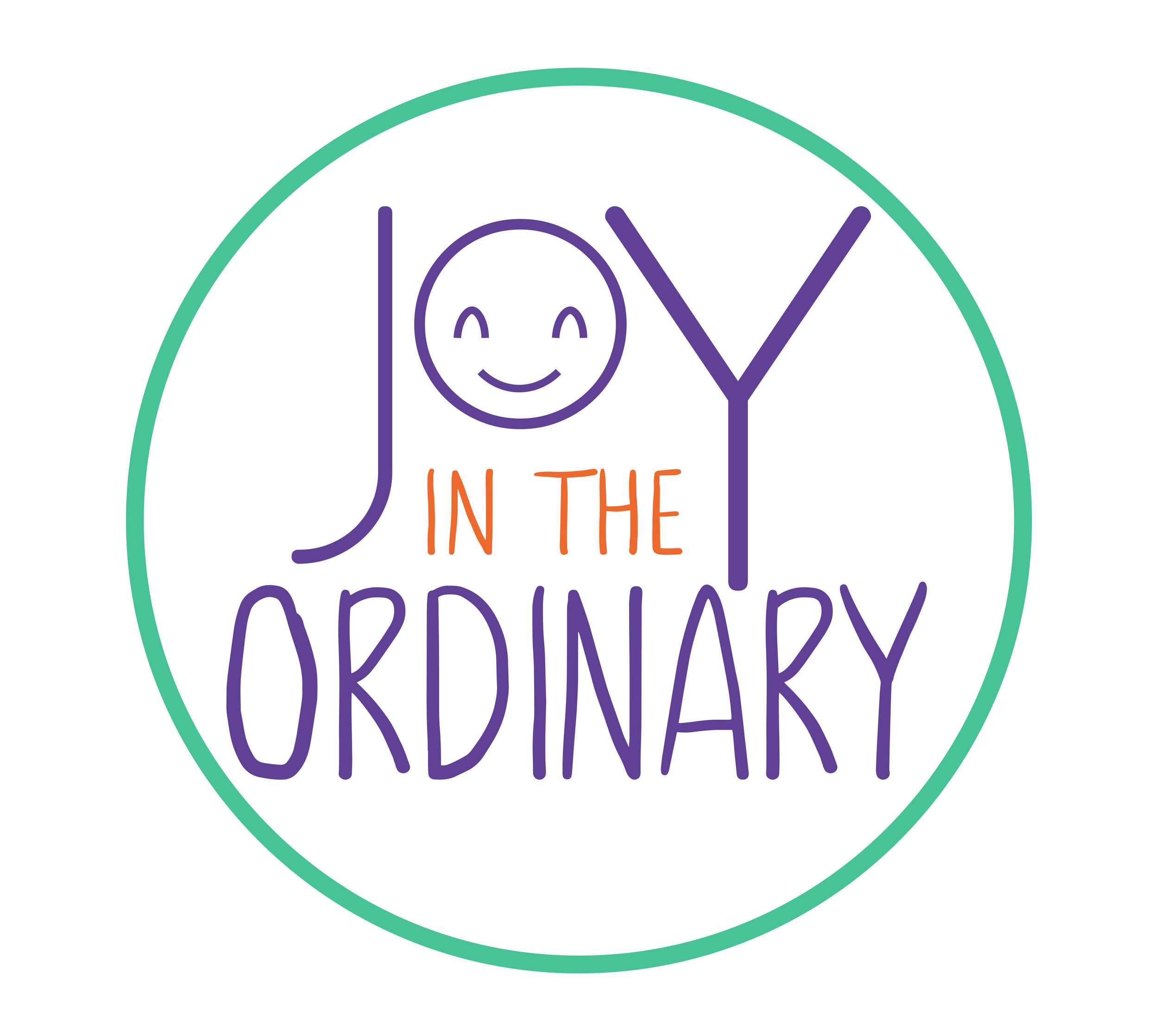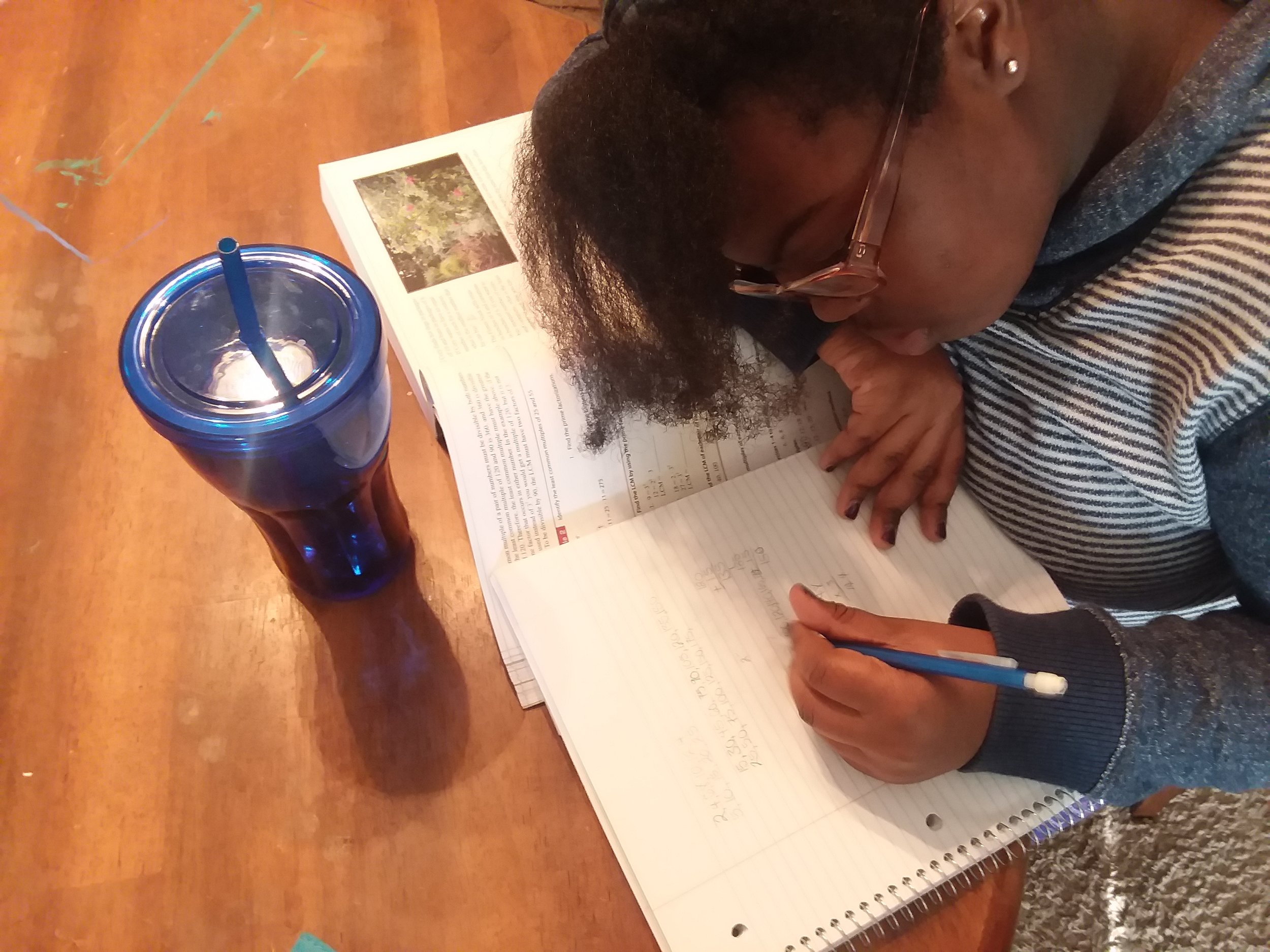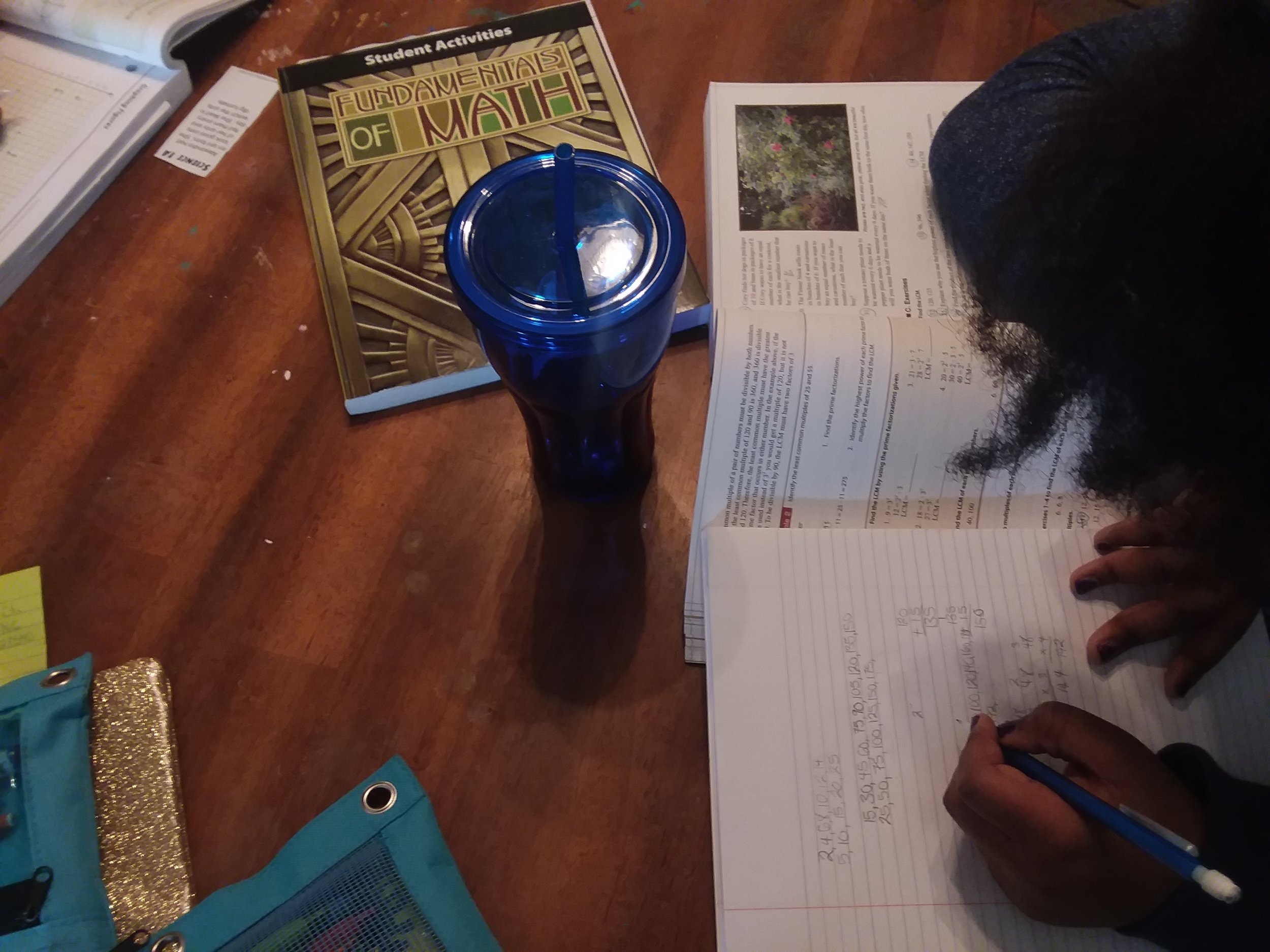BJU Press Fundamentals of Math | Review
About Fundamentals of Math
Fundamentals of Math is Christian based. The math text refers to Christianity at the beginning of most chapters and sections through stories and informational text .
The course is meant to be taught over 162 days. There are three paths to teaching the course: minimum, standard, and extended. The minimum course covers 93 lessons, the standard course covers 110 lessons, and the extended course covers 118 lessons.
There are 14 chapters in Fundamentals of Math. Each chapter focuses on a different topic such as whole numbers, decimals, forms of rational numbers, using percents, introduction to geometry, integers, and introduction to algebra. Each chapter has 6 to 10 sections. For example, the chapter about whole numbers is divided into nine sections: addition and subtraction, estimating sums and differences, multiplication and division, estimating products and quotients, properties of numbers, square roots, and order of operations.
The Fundamentals of Math Kit includes a teacher's edition with CD, student workbook, teacher's answer key for the student activities book, student activities workbook, and tests and quizzes.
You may also enjoy: BJU Press Math 4 Review
The teacher's guide goes into detail about how to use it and shares explanations about all aspects it. At the beginning of each section, there are objectives, vocabulary, and the resources that will be used in the particular section. There are also motivational ideas to engage the learner. The teacher guide pages align with the student pages. All additional teaching tips are written in the margins. I use the student text to teach my daughter because the examples and explanations in it are sufficient for me. I do appreciate the guide because it has additional information if I need help getting a point across. The guide also goes shows how they came to the solution for all of the problems.
The student workbook isn't difficult to use. Everything needed is right there. The examples, informational text, definitions for math terms, and skill check problems to solve before starting the lesson. I like that the information is broken down into small chunks inside of titled text boxes. If my daughter forgets something she can easily find the information by skimming the boxes versus large chunks of text.
The student activities workbook has perforated pages. This makes it easy to tear out the activities my daughter will do. I do not assign all of the activity pages. I usually assign the ones that allow for more practice for topics she is still developing knowledge.
How We're Using Fundamentals of Math for Seventh Grade
I chose to take the extended path with my daughter. She isn't a math whiz and gets stuck on certain concepts, but I knew that she could handle the extended path. I chose the extended path because it includes more challenging work. The selected questions go beyond introducing the concept. She often skips the basic questions which is good for her. My daughter does well answering questions that follow a pattern. I am not a fan of having her work out numerous problems simply for work, but when she needs to do the basic questions to fully comprehend the concept I add a few of those problems to her assignment.
In Real time Math Time
She does math lessons Monday through Friday. Some days her math lessons aren't new lessons, but instead we might review previous skills, I might reteach for understanding, or she might take a quiz or a test. One thing I like is that the teacher's guide encourages parents to extend teaching days and not feel pressured to rush through a lesson. For instance, the extended schedule suggests to take 12 class periods to teach 9 lessons. This leaves room for quizzes, tests, and refreshing understanding. Of course, we can take more than 162 days to teach the course which will give us more margin.
How Do I Teach My Daughter Using Fundamentals of Math
There are some topics in each section that my daughter has a grasp of understanding such as topics like division, prime numbers, ratios, and square roots. There are other sections where she has to stop and really pay attention to what she is doing like making sure she placed the decimal in the right place. For lessons that we both know she can handle, I do not teach her before the lesson. She is required to read the information within her text book for herself for a refresher. For lessons when there is new content or content that she doesn't have a strong grasp, we work through the examples and read the information at the beginning of the lesson together. This method works for us because my daughter is VERY independent. She isn't a student that needs or wants a teacher hovering over her.
This method of teaching also leaves room for her to come to me when she has questions. This is an important skill in my opinion because often students will suffer and struggle versus asking for help. She comes for to me for help when she gets stuck or doesn't fully grasp the concept whether it is a lesson she is doing on her own or one we are doing together. This also helps her to better articulate what she doesn't understand versus only saying, "I don't get it."
Mathematician hard at work
Final Thoughts About Fundamentals of Math
I am glad we are using the math program because it is a good fit for our homeschool. It is both student and teacher friendly.
My daughter likes the detailed math tips and information within each section. She also appreciates the artwork within the text.
I recommend Fundamentals of Math if you don't mind a Christian text, if you need a solid math program with information to help you teach your children, and if you are looking for a thorough math text for your middle school learner.





